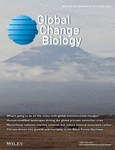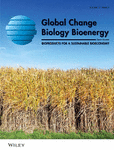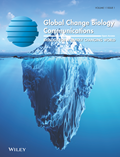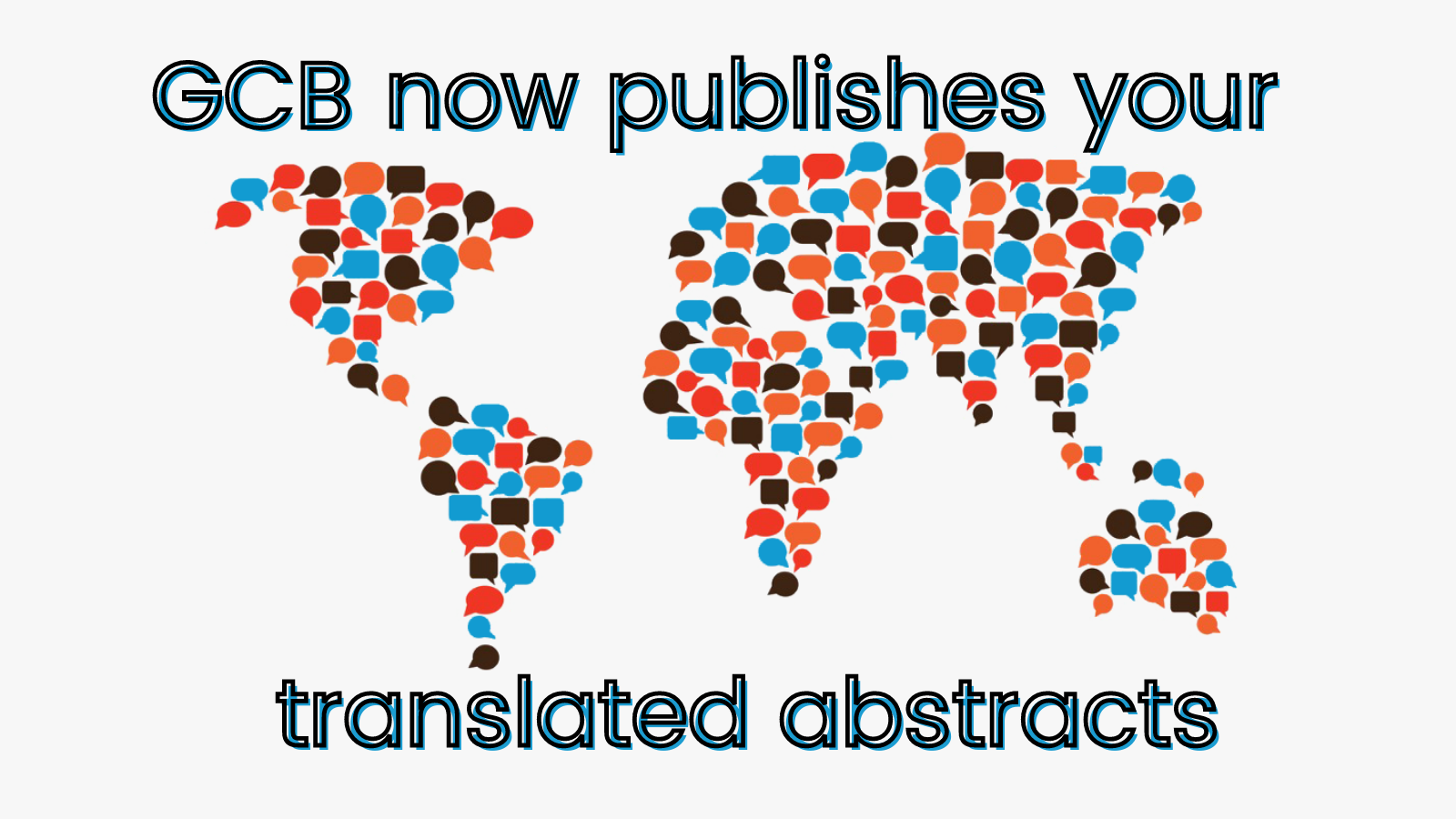Journal list menu
Export Citations
Download PDFs
ISSUE INFORMATION
COMMENTARY
OPINION
What's going to be on the menu with global environmental changes?
- Pages: 5744-5759
- First Published: 17 July 2023

Ongoing anthropogenic change is altering the planet, threatening biodiversity, and ecosystem functioning. We describe the responses of species to global changes that result in detectable alterations in diet, illustrate shifts of food web dynamics and their implications, and highlight the tools available to investigate consumption patterns and trophic interactions. Diet data are a crucial component of ecological studies on global change, and despite the growing body of long-term ecological datasets, there remains a dearth of diet ecology studies across temporal scales, a shortcoming that must be resolved to elucidate vulnerabilities to changing biophysical conditions.
REVIEW
The challenge of selecting an appropriate soil organic carbon simulation model: A comprehensive global review and validation assessment
- Pages: 5760-5774
- First Published: 12 August 2023
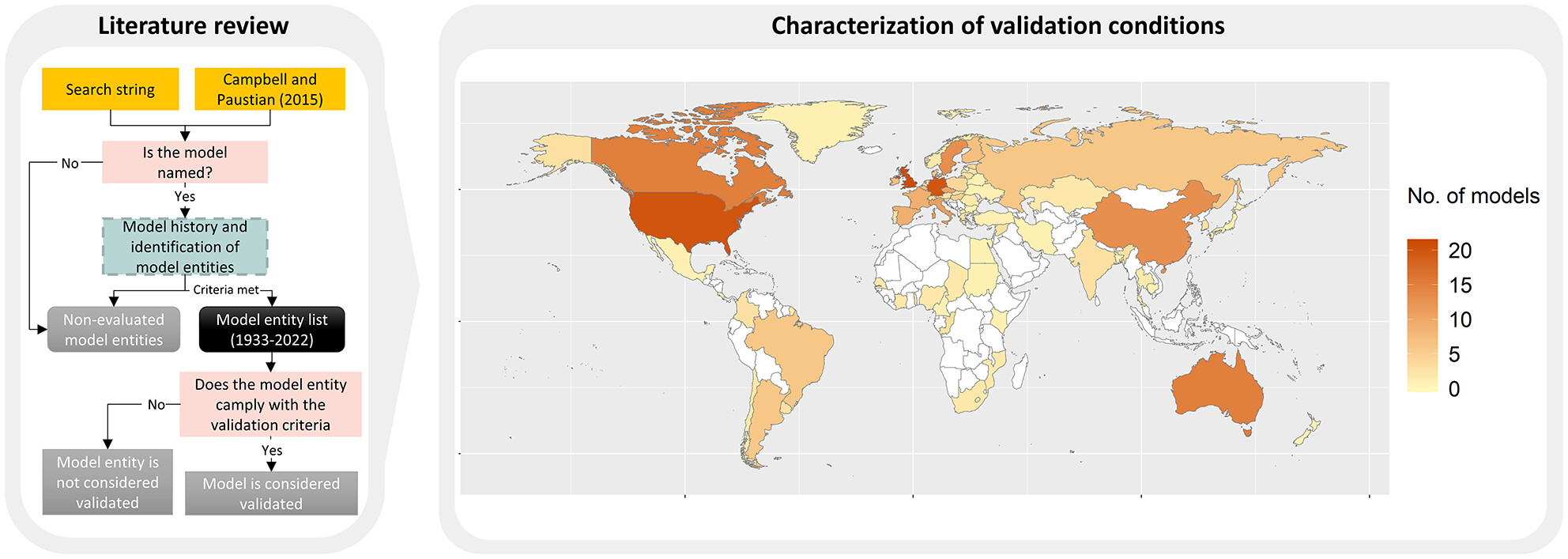
The use of soil organic carbon (SOC) models is rapidly rising as a tool in voluntary carbon markets. However, there are an incredibly large number of available models which vary considerably in their applicability, sensitivity and validation status. We present a review of existing SOC models and a classification of their validation contexts. Only 29% of the evaluated models were validated in a limited number of environmental contexts. Validation efforts largely focused on the global north. Additionally, we found a general lack of clear reporting and a poor overall coverage of land use types across countries and pedoclimatic conditions.
RESEARCH ARTICLES
Human-modified landscapes driving the global primate extinction crisis
- Pages: 5775-5787
- First Published: 14 August 2023
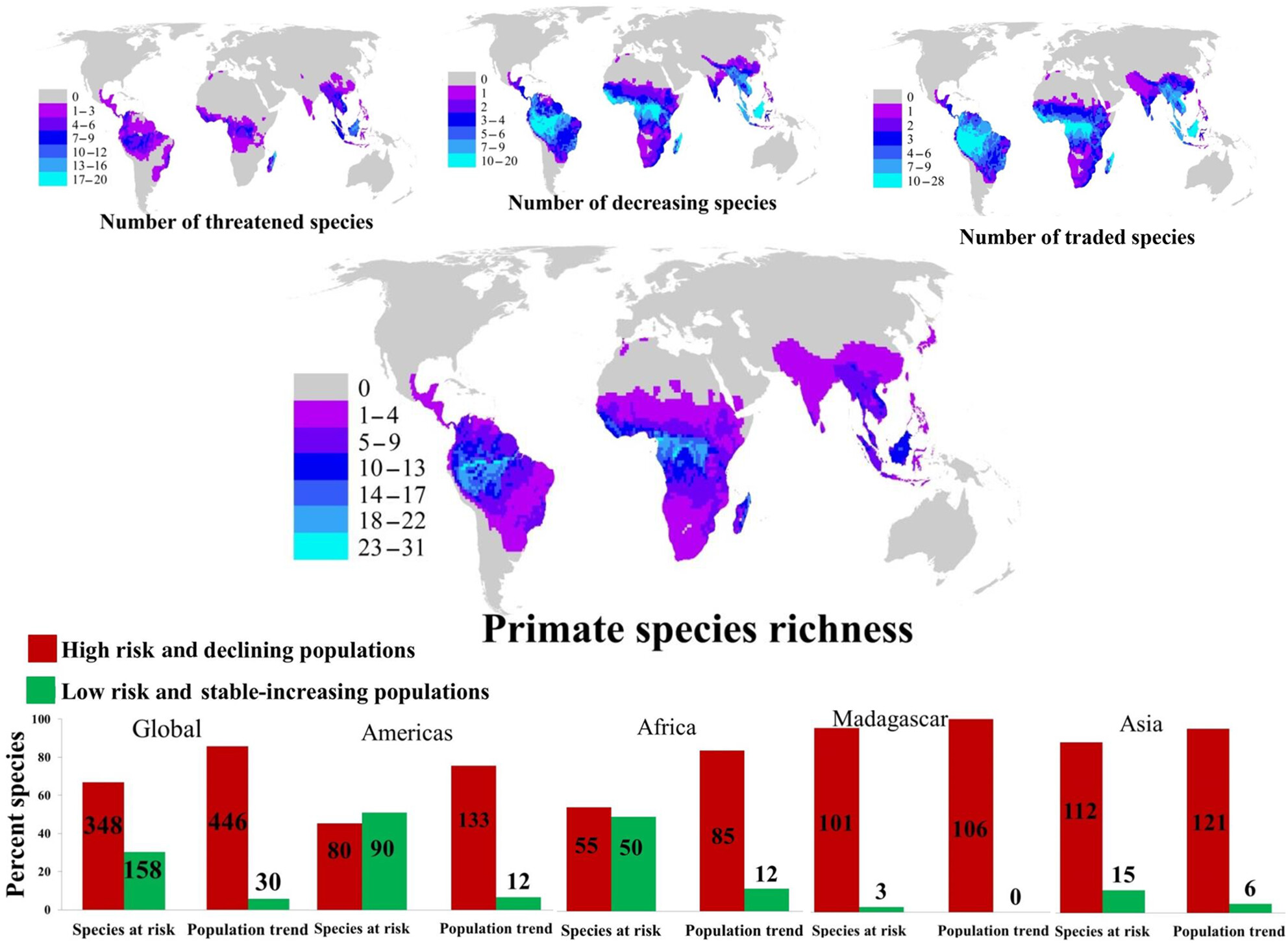
This article investigates the impact of human-induced changes on primate species worldwide. It examines how various human-altered landscapes affect threatened and non-threatened primate species with declining and stable populations. The study finds that activities like expanding pasture lands, human footprint, and road infrastructure negatively affect primate diversity. However, it emphasizes the significance of forested habitats in Indigenous Peoples' lands and protected areas, which serve as critical safeguards for primate species diversity. The study underscores the need for conservation efforts and sustainable practices to prevent the extinction risk faced by these animals.
Wherever I may roam—Human activity alters movements of red deer (Cervus elaphus) and elk (Cervus canadensis) across two continents
- Pages: 5788-5801
- First Published: 12 June 2023
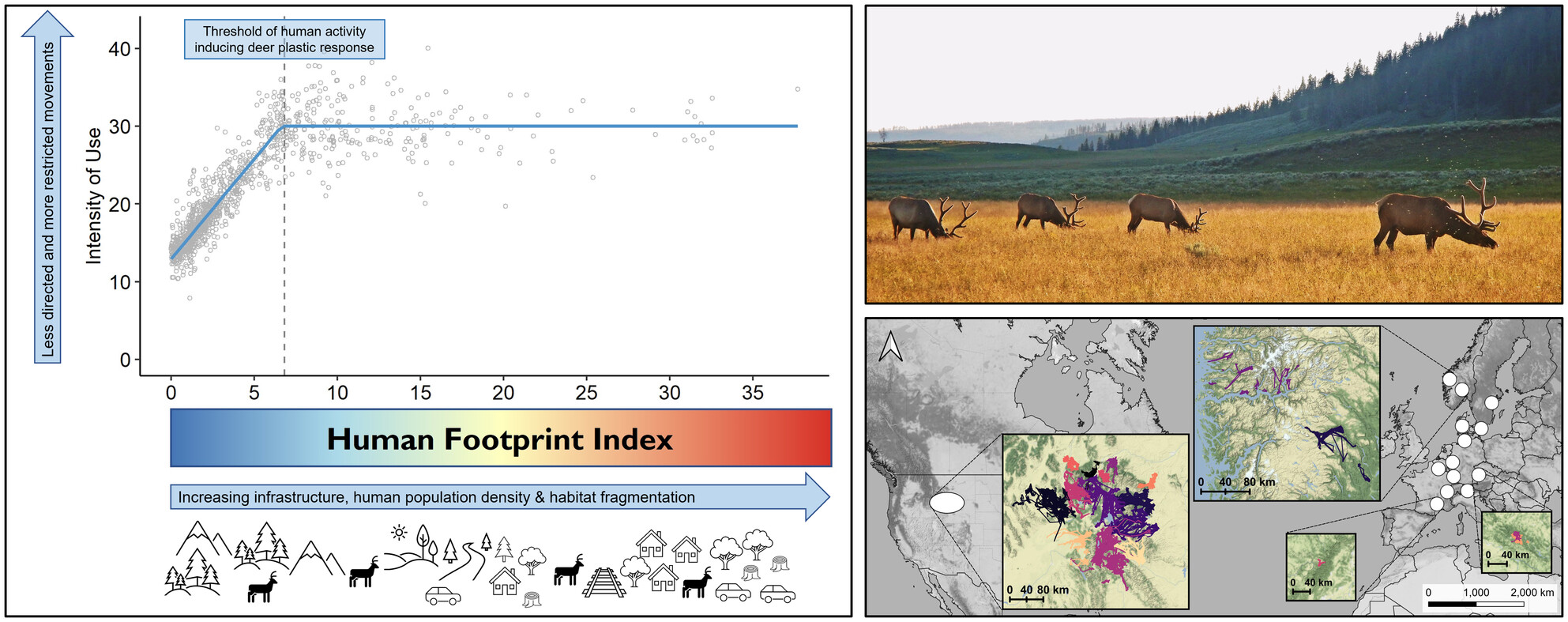
Understanding changes in movement patterns of wide-ranging animals and responses to globally increasing human pressure are a key aspect in their conservation. Along a steep gradient of human activity (a), we compared movement characteristics of red deer and elk (b) from 28 populations on two continents (c). Animals expressed less direct and more restricted movement patterns in human-dominated landscapes. We identified a threshold of human activity, beyond which movements did not further change, potentially indicating the limit of red deer's and elk's ability to plastically respond to high levels of human pressure.
Recolonization following past persecution questions the importance of persistent snow cover as a range limiting factor for wolverines
- Pages: 5802-5815
- First Published: 11 August 2023
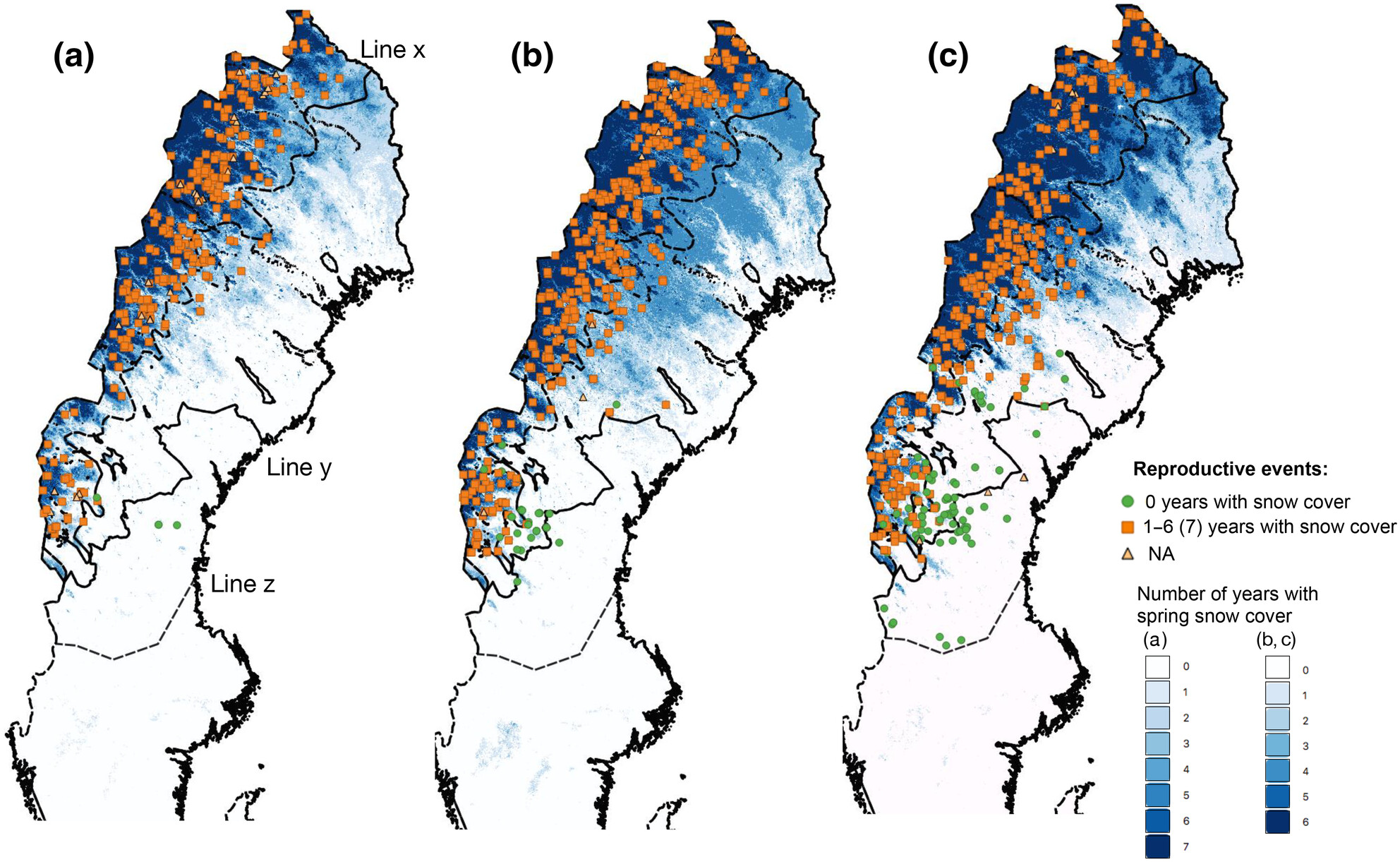
We revisited the hypothesis that wolverine reproduction and distribution are dependent on persistent spring snow cover, using two-decades spatial data on reproductive events in Sweden. We documented a southward expansion of the wolverine population, with an increasing number of reproductions in areas without spring snow cover, and a dampened relationship between wolverine reproductions and spring snow cover, over a notably short period. These findings show that wolverine reproductive success and hence distribution are less dependent on persistent spring snow cover than expected. This highlights the importance of reassessing established knowledge about environmental requirements, particularly now that ecosystems are changing rapidly.
Climate change drives loss of bacterial gut mutualists at the expense of host survival in wild meerkats
- Pages: 5816-5828
- First Published: 24 July 2023
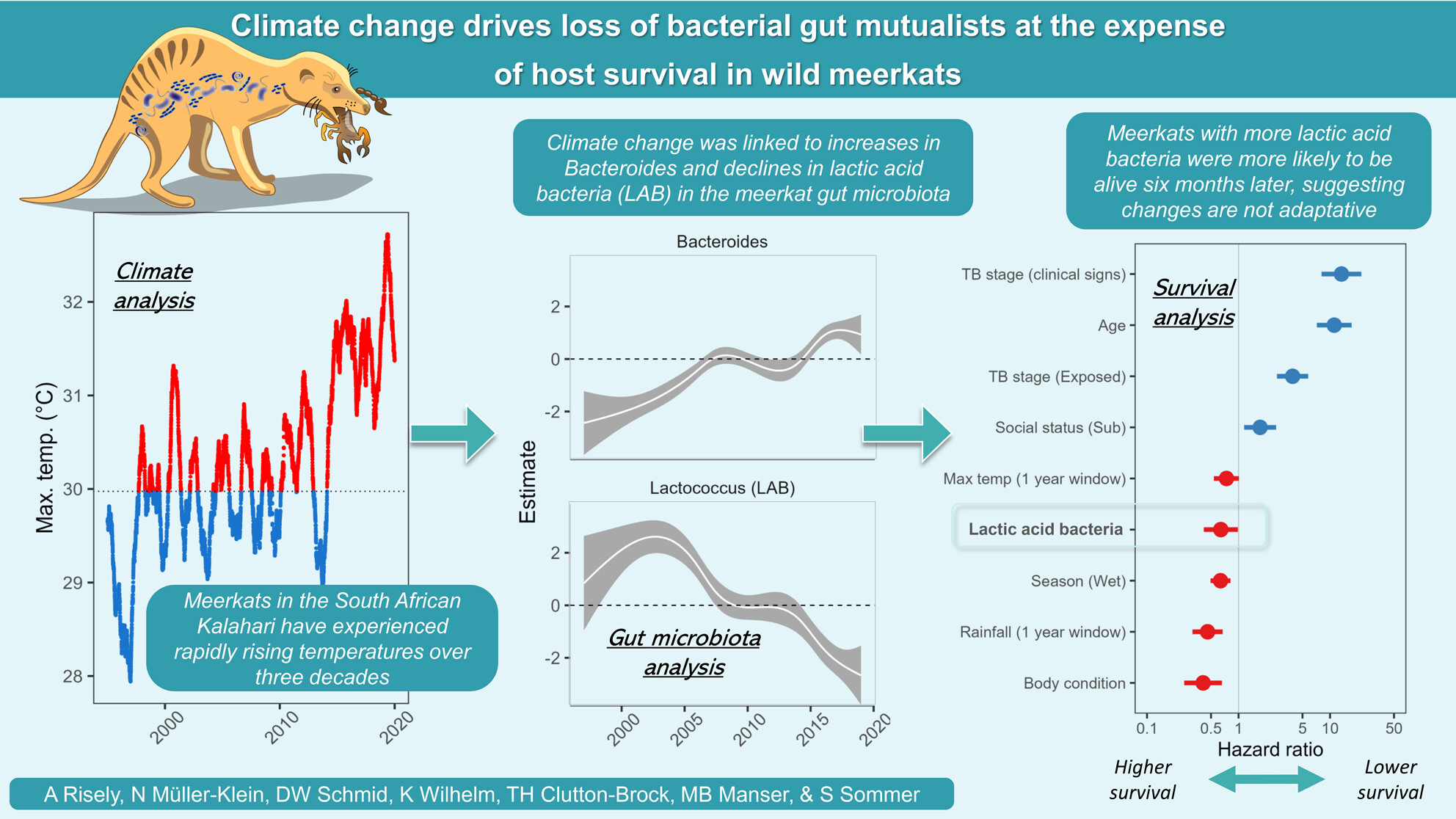
Climate change may be altering the relationship animals have with their gut microbes, yet it is unknown whether such changes are adaptive or maladaptive for host populations. We analysed 20 years of longitudinal data from wild meerkats to show that increases in maximum temperatures predicted long-term declines in lactic acid bacteria, a group of gut mutualists, and that these declines were linked to lower future survival. While microbiota plasticity is key for host adaptation under normal environmental fluctuations, our results suggest that climate change may lead to a breakdown of coevolved host–mutualist relationships.
Enhanced CO2 uptake is marginally offset by altered fluxes of non-CO2 greenhouse gases in global forests and grasslands under N deposition
- Pages: 5829-5849
- First Published: 24 July 2023
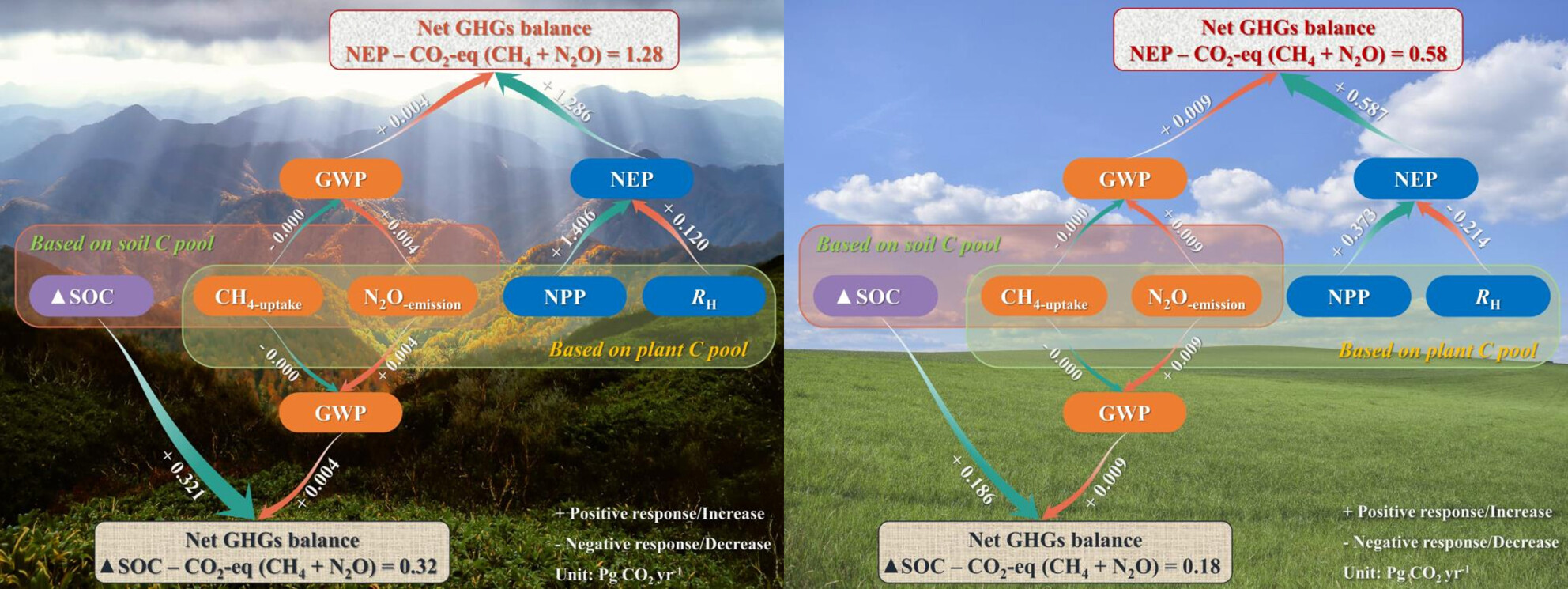
We quantify the effects of N deposition on biomass C increment, soil organic C, CH4 and N2O fluxes and, ultimately, the net ecosystem greenhouse gas balance of forests and grasslands using a global comprehensive dataset. Our findings revealed that the enhanced soil C sequestration by N addition in global forests and grasslands could be only marginally offset (1.5%–4.8%) by the combined effects of its stimulation of N2O emissions together with the reduced soil uptake of CH4.
Tropical estuarine ecosystem change under the interacting influences of future climate and ecosystem restoration
- Pages: 5850-5865
- First Published: 14 July 2023
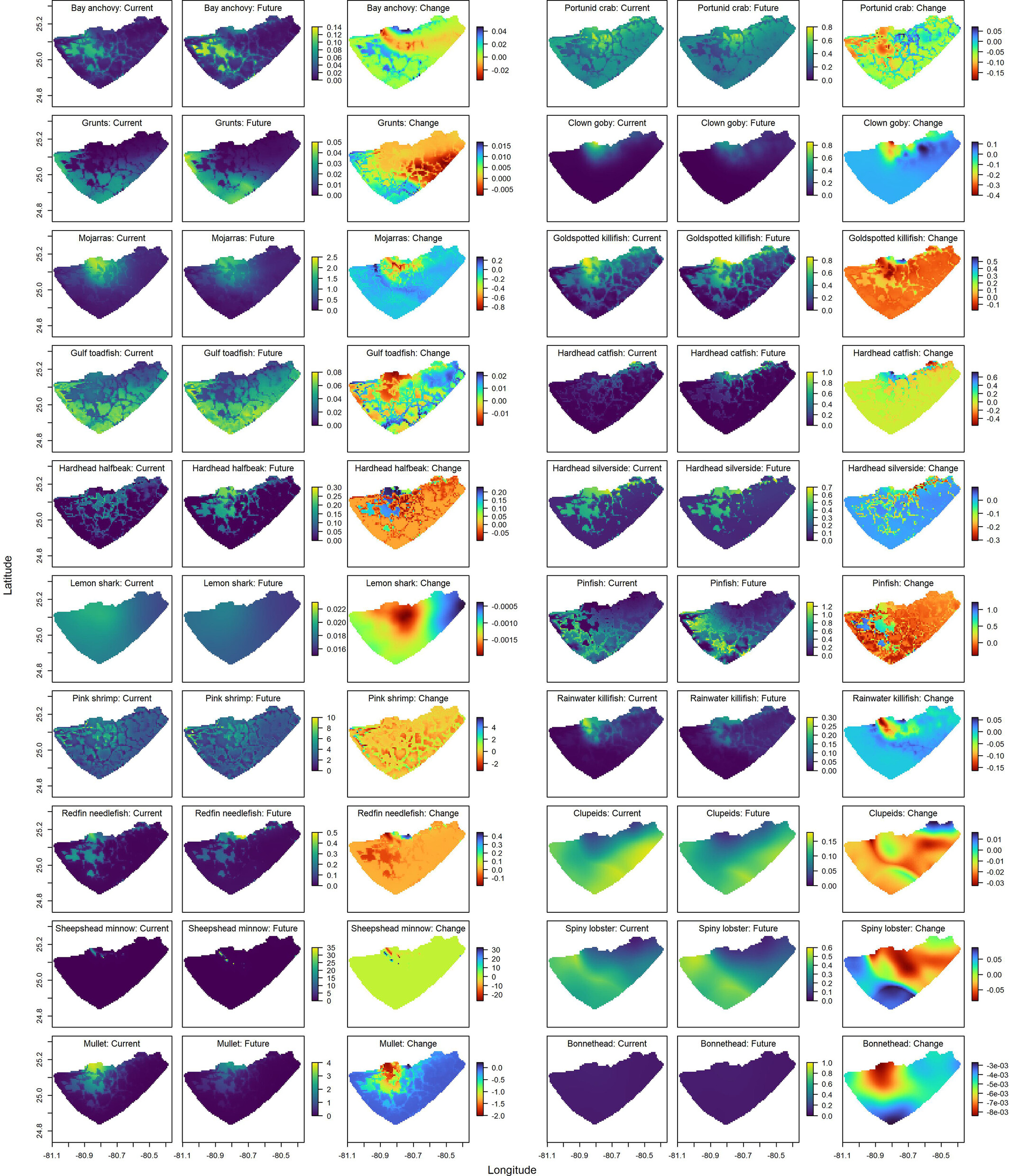
Using a spatiotemporal food web model, this study predicted how an estuarine ecosystem may respond to hydrological restoration within the context of future sea-level rise and increased temperatures. Our results suggest a suite of winners and losers, with many estuarine species increasing in total biomass and spatial distribution, and an ecosystem showing signs of resilience. Overall, the ecosystem is likely to achieve restoration benefits in spite of, and in some cases facilitated by, the projected future impacts from climate change due to the system's shallow depth and detrital dominance.
Ecosystem resilience to invasion and drought: Insights after 24 years in a rare never-grazed grassland
- Pages: 5866-5880
- First Published: 25 July 2023
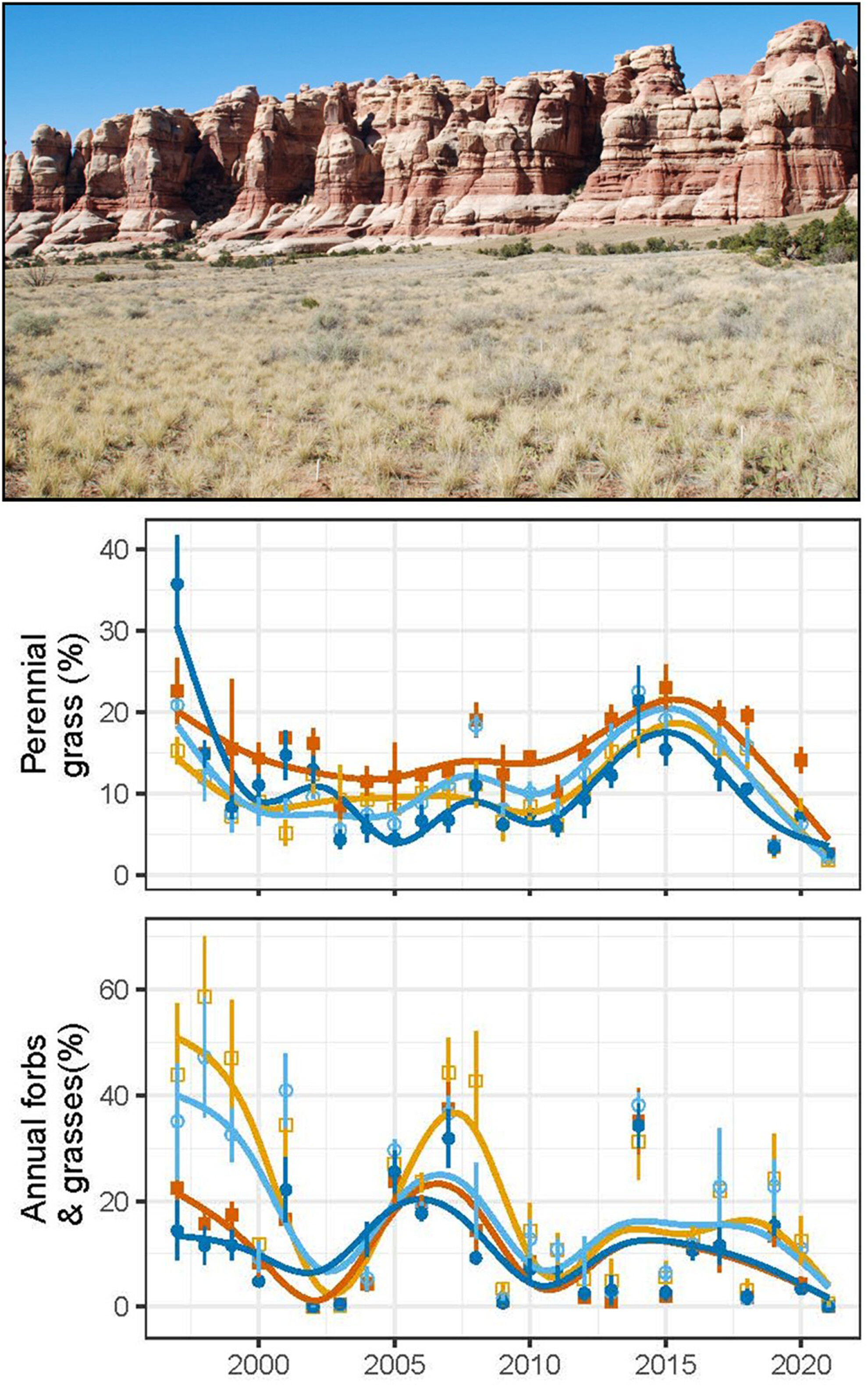
Understanding the resilience of ecosystems is hampered by the complex and interacting drivers of change. We present 24 years of plant cover monitoring from a semiarid grassland never grazed by domestic livestock but subject to a patchy invasion of Bromus tectorum, compare our findings to surveys done in 1967, and examine potential climate drivers. We observed a native perennial grass community with high resilience to climate forcings, B. tectorum constrained by climate and subtle variation in soils, and limited evidence of long-term impacts to native vegetation.
Human footprints in the Global South accelerate biomass carbon loss in ecologically sensitive regions
- Pages: 5881-5895
- First Published: 11 August 2023
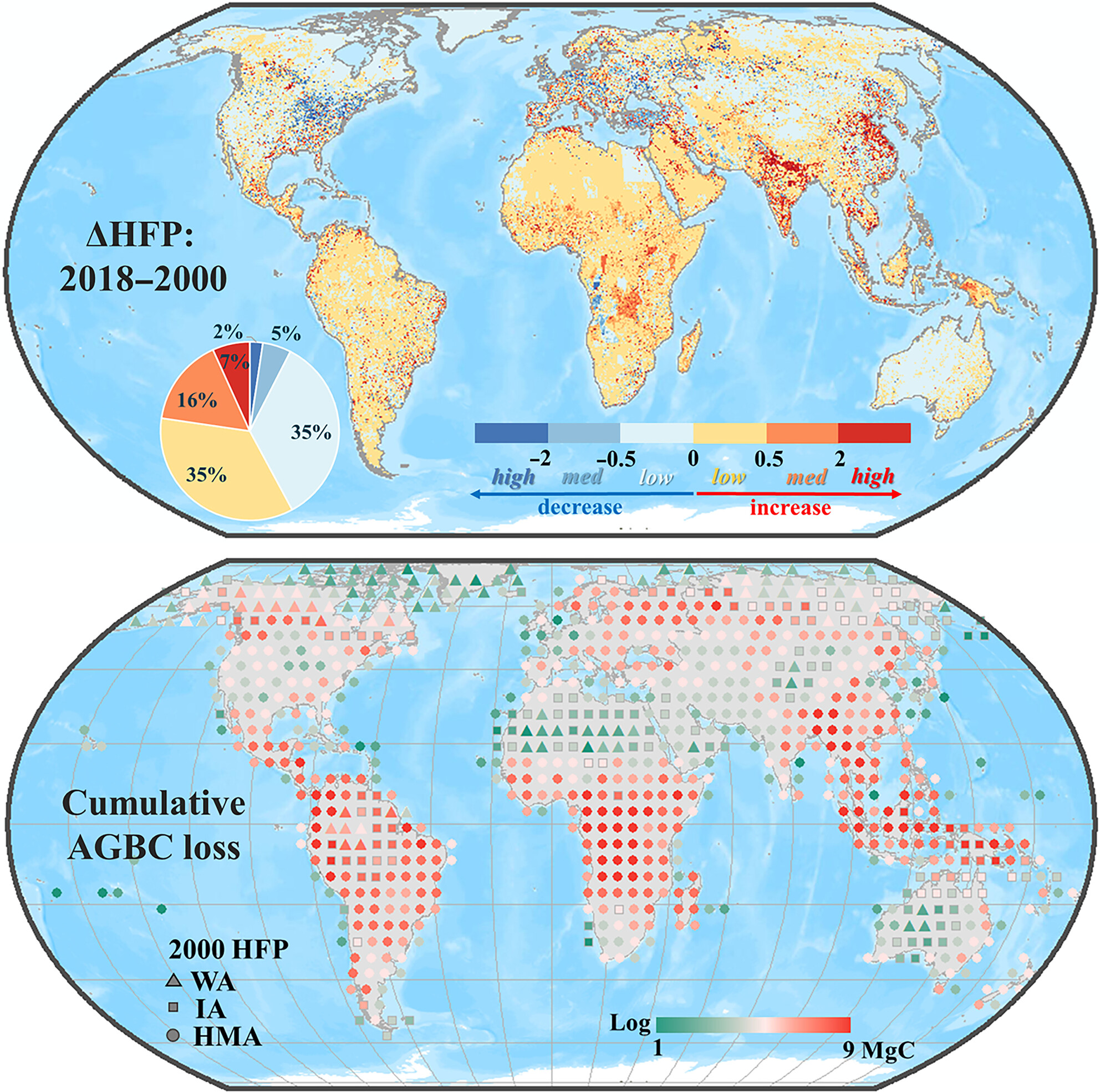
Global human footprint (HFP) have significantly increased over the past decades by converting wilderness areas to highly modified regions, particularly impacting tropical biomes. Meanwhile, the human-induced aboveground biomass carbon (AGBC) loss is accelerating, threatening those strictly protected areas. Moreover, AGBC is more vulnerable in the Global South than in the Global North.
Growth form and leaf habit drive contrasting effects of Arctic amplification in long-lived woody species
- Pages: 5896-5907
- First Published: 01 August 2023
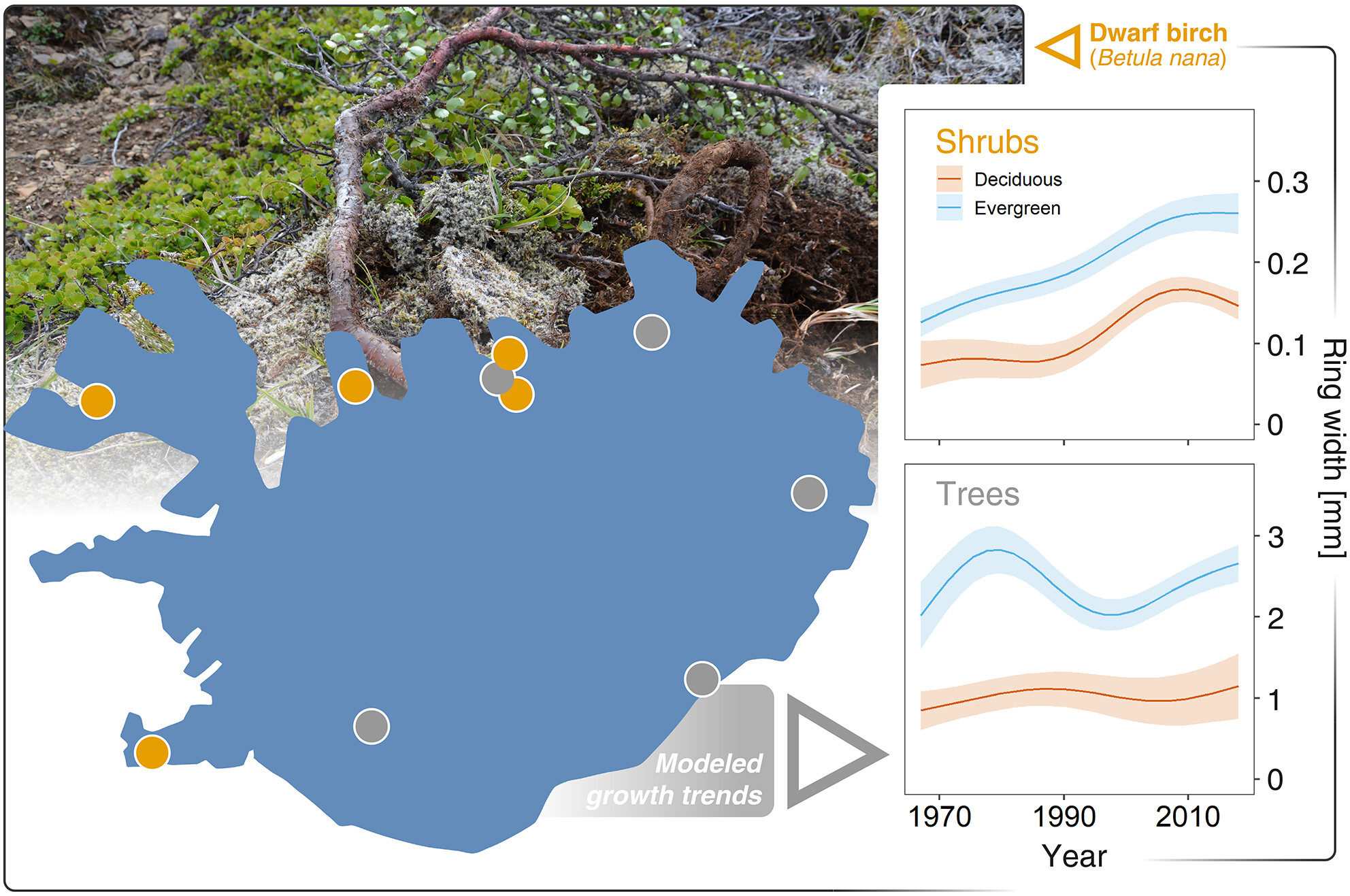
We analysed growth trends and climate sensitivity on 7 long-lived woody species exhibiting different growth forms (shrub vs. tree) and leaf habits (evergreen vs. deciduous) in coastal tundra ecosystems. Shrub growth closely tracked recent warming trends and is particularly sensitive to sea surface temperature, while trees showed just weak fluctuations without any long-term trend.
Climate-driven tree growth and mortality in the Black Forest, Germany—Long-term observations
- Pages: 5908-5923
- First Published: 08 August 2023
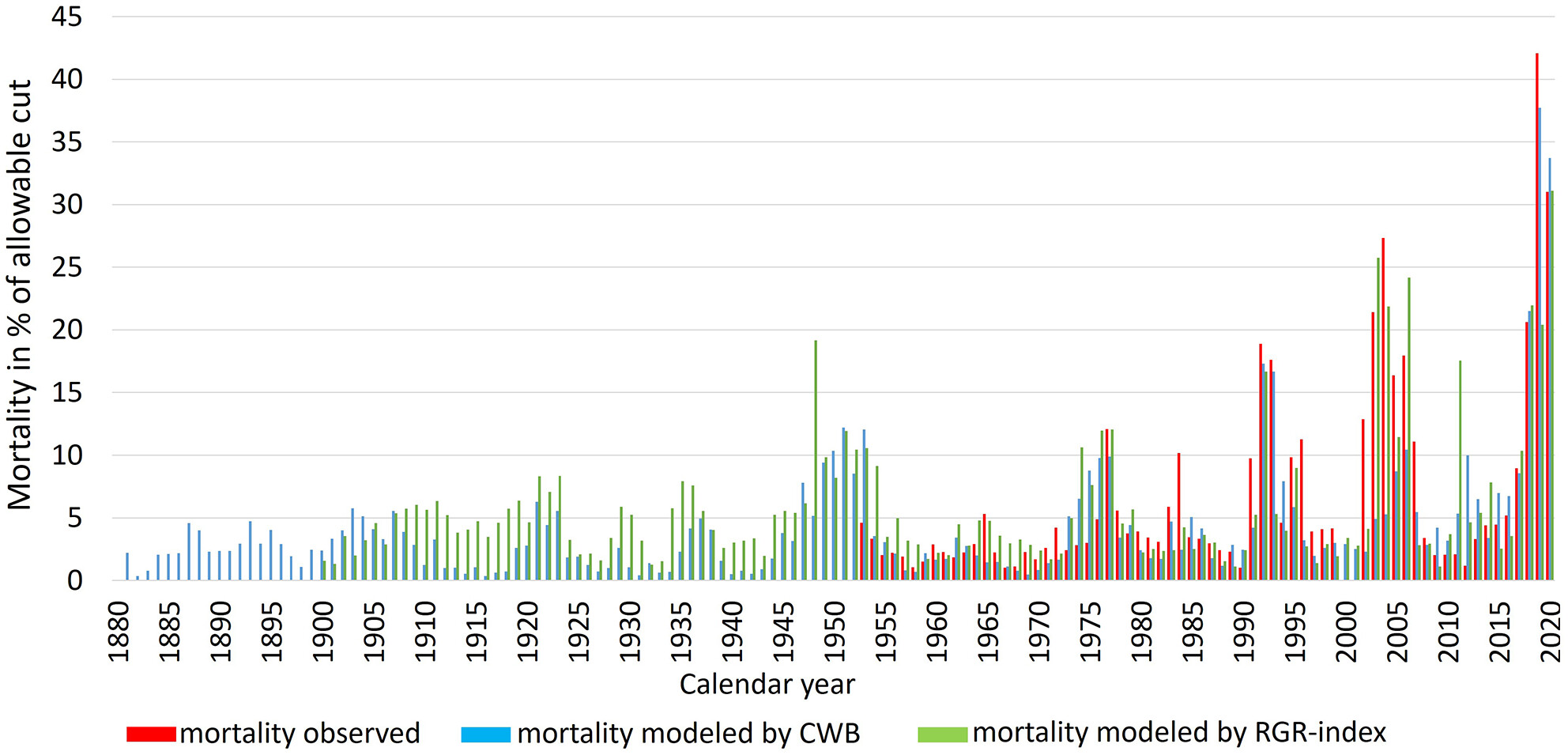
This study describes climate-driven tree mortality and tree growth in the Black Forest mountain range in Germany. It is based on a 68-year consistent data series describing the annual mortality of all trees growing in a forest area of almost 250 thousand ha. The climatic water balance is identified as the main driver of mortality and tree growth. The findings suggest that bark beetle population dynamics modify mortality rates. They as well provide evidence that the mortality during the last 140 years never was as high as in the most recent years.
Depth-dependent effects of ericoid mycorrhizal shrubs on soil carbon and nitrogen pools are accentuated under arbuscular mycorrhizal trees
- Pages: 5924-5940
- First Published: 21 July 2023
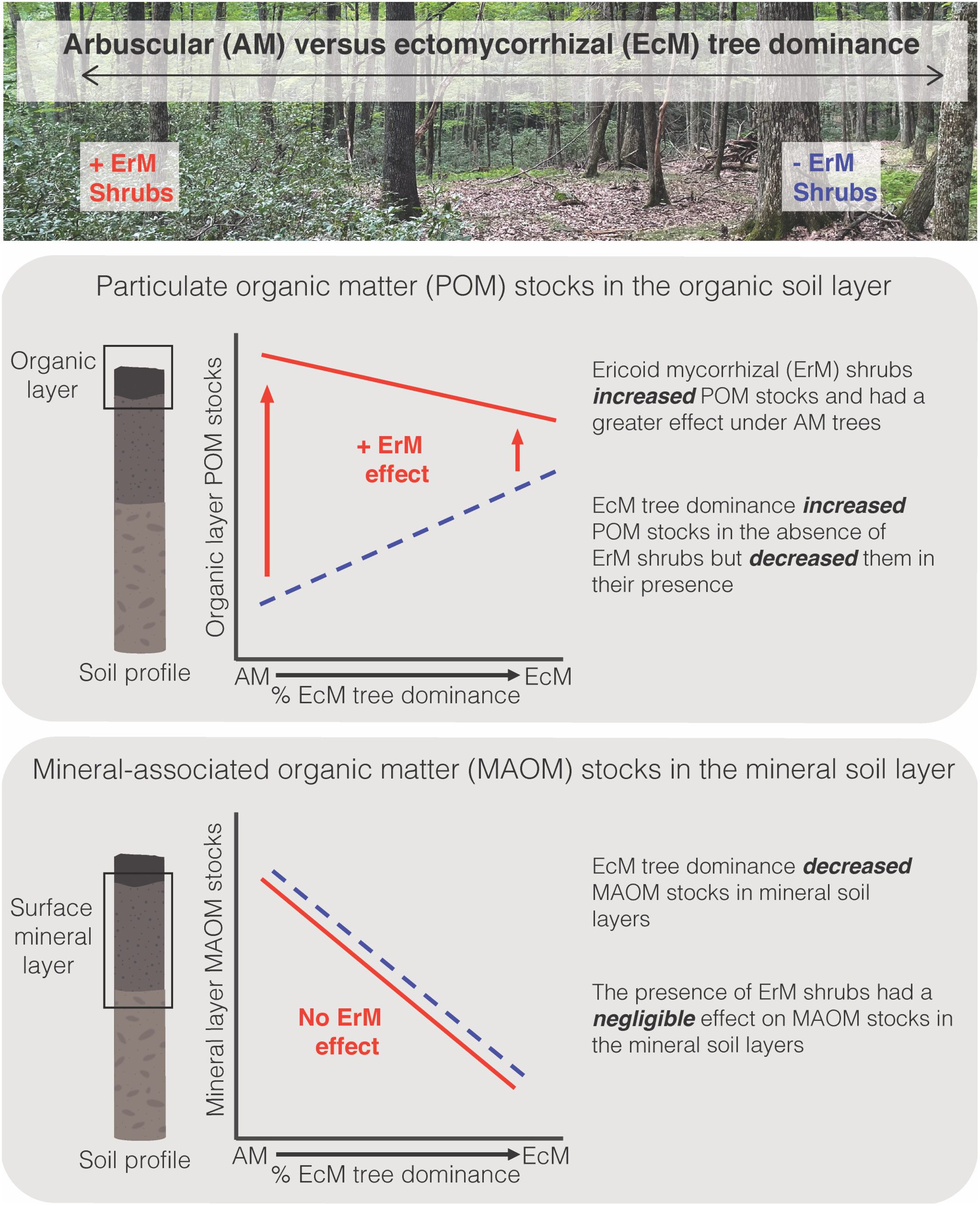
Arbuscular mycorrhizal (AM) tree dominance is increasing in temperate forests, and ericoid mycorrhizal (ErM) shrubs can respond positively to canopy disturbances. Yet how shifts in the co-occurrence of trees and shrubs with different mycorrhizal associations will affect soil organic matter pools remains largely unknown. Ericoid mycorrhizal shrubs increased particulate organic matter stocks in the organic layer and had more pronounced effects under AM trees. Yet they had little effect on mineral-associated organic matter stocks in mineral soil layers. Increasing co-occurrence of ErM shrubs under AM trees could therefore increase particulate organic matter stocks without negatively influencing mineral-associated organic matter pools.
Mycorrhizae enhance reactive minerals but reduce mineral-associated carbon
- Pages: 5941-5954
- First Published: 25 July 2023
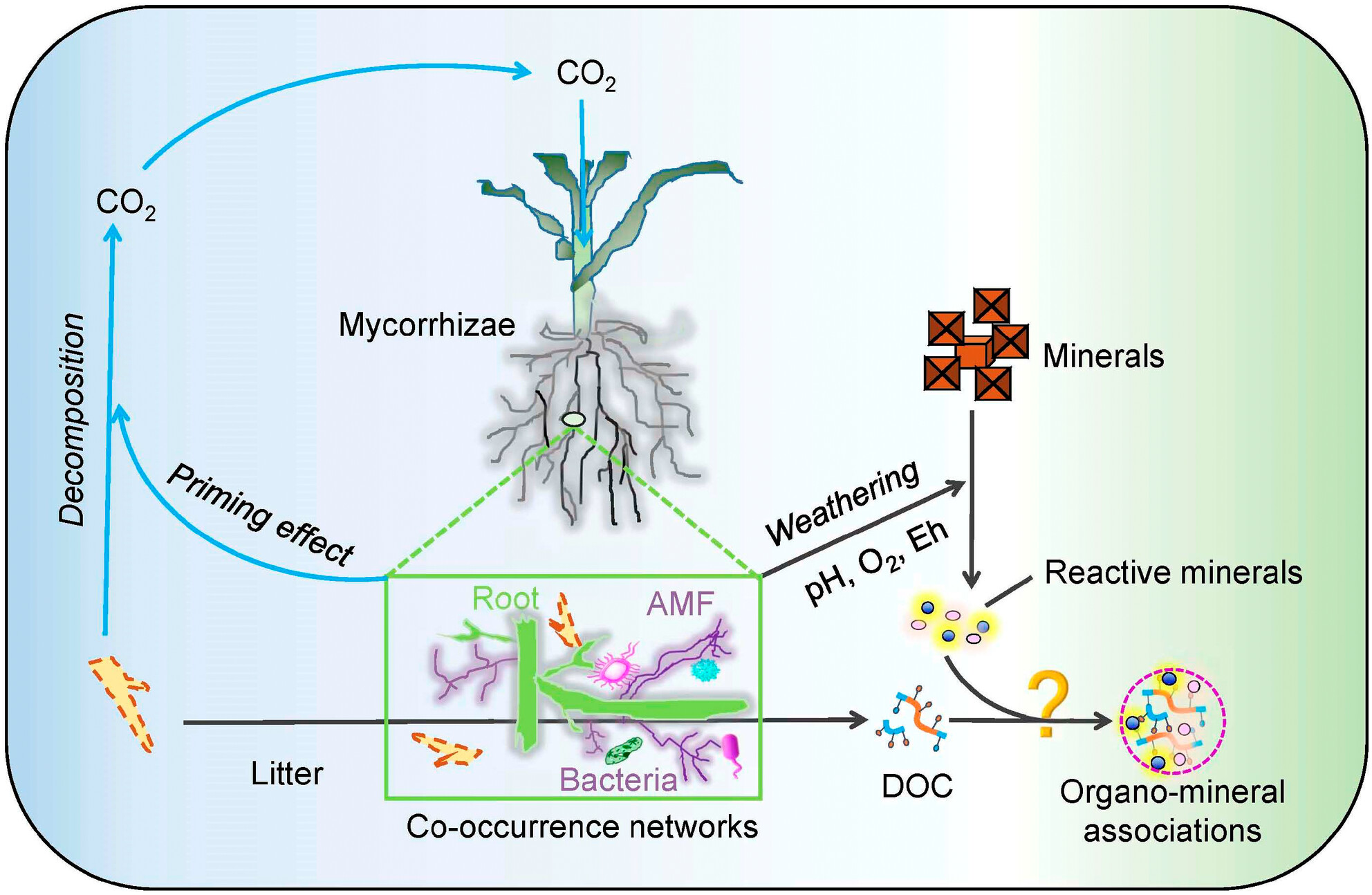
The presence of both roots and arbuscular mycorrhizal fungi (AMF) increased soil dissolved organic carbon (C) and reactive Fe minerals, as well as litter decomposition and soil CO2 emissions. However, it reduced mineral-associated C. Notably, the presence of roots and AMF, particularly when combined with litter addition, enhanced the abundances of several critical soil bacterial genera that are associated with the formation of reactive minerals in soils.
Data-driven estimation of nitric oxide emissions from global soils based on dominant vegetation covers
- Pages: 5955-5967
- First Published: 18 July 2023
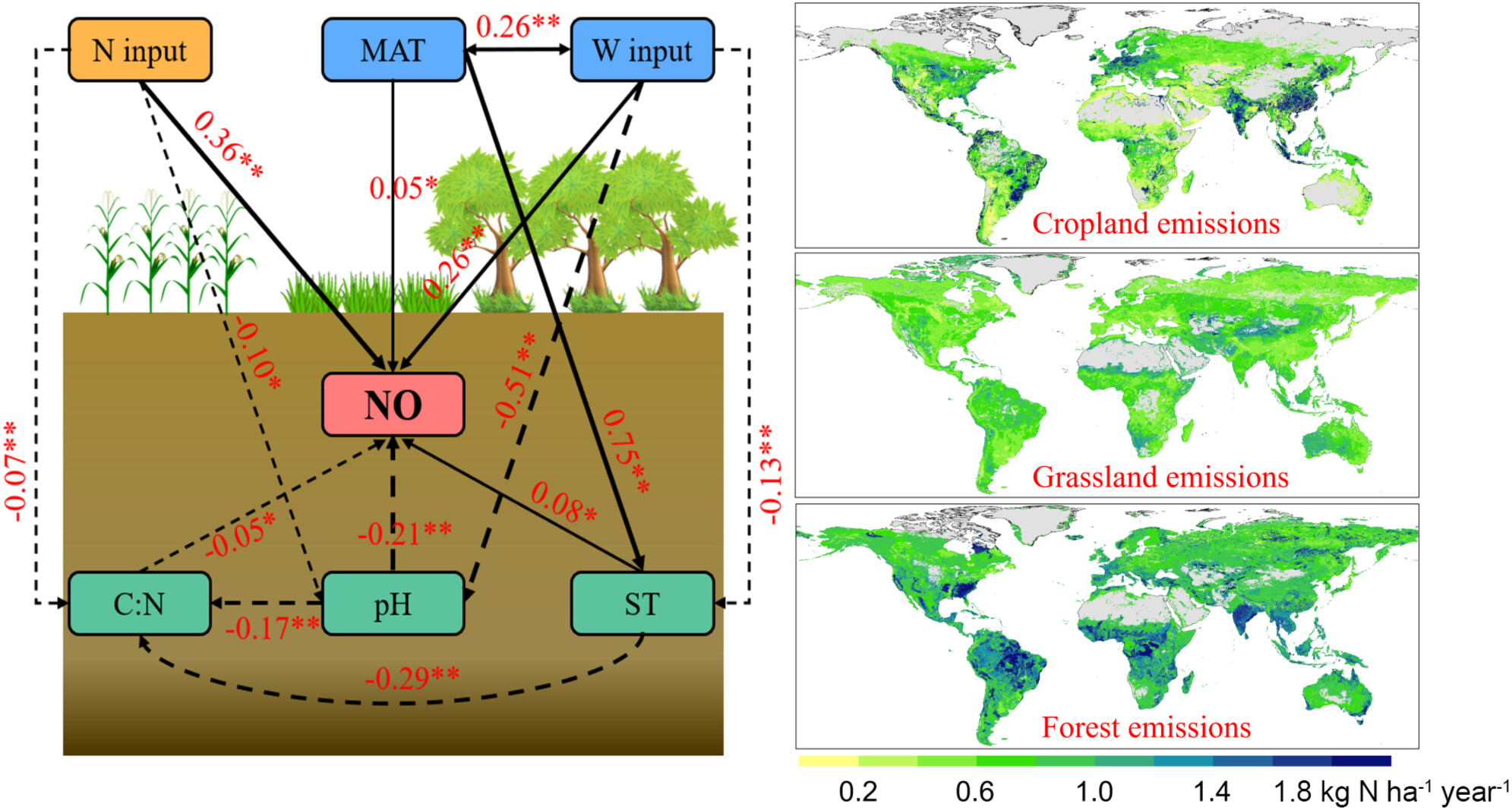
Soil NO emissions were explained mainly by N input, water input, and soil pH. Soil NO emissions were 1.04, 0.68, and 0.98 kg N ha−1 year−1 for forest, grassland, and cropland. Total soil NO emissions of the three vegetation cover types were 9.4 Tg N year−1 in 2014, including 5.9 Tg N year−1 emitted from forest, 1.7 Tg N year−1 from grassland, and 1.8 Tg N year−1 from cropland.
Resolving the influence of lignin on soil organic matter decomposition with mechanistic models and continental-scale data
- Pages: 5968-5980
- First Published: 13 July 2023

The role of lignin in soil organic carbon decomposition is a long-standing and debated fundamental question in ecology. This study found that explicit rather than implicit representation of lignin protection is necessary to predict litter and soil organic carbon decomposition, and that local-specific geochemical and microbial properties are necessary to predict the temporal dynamics of lignin decomposition.




